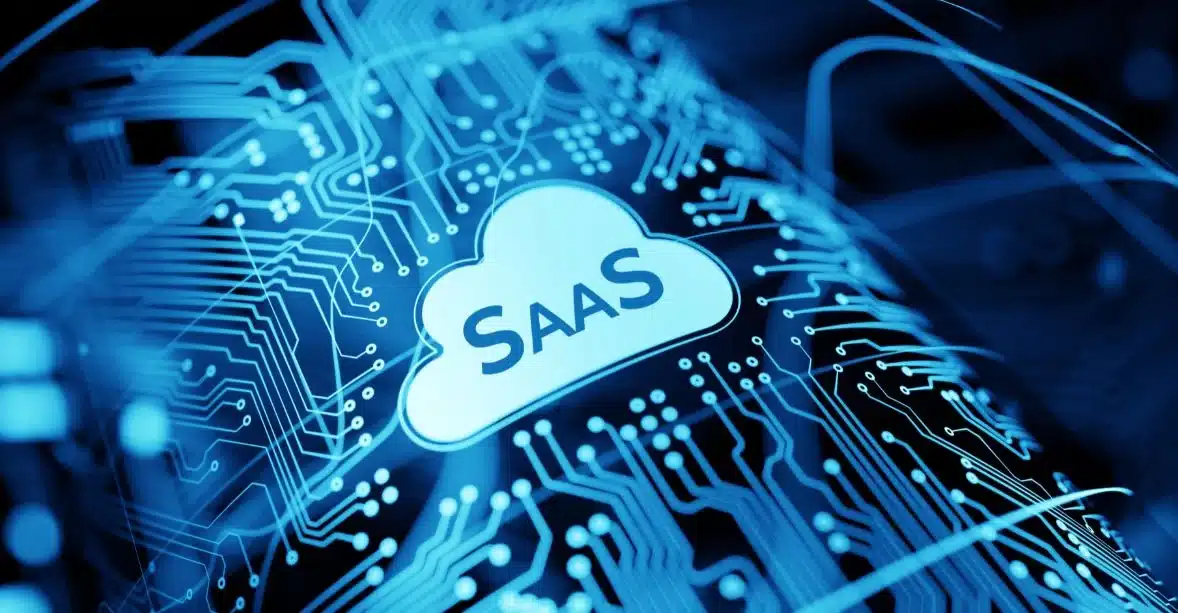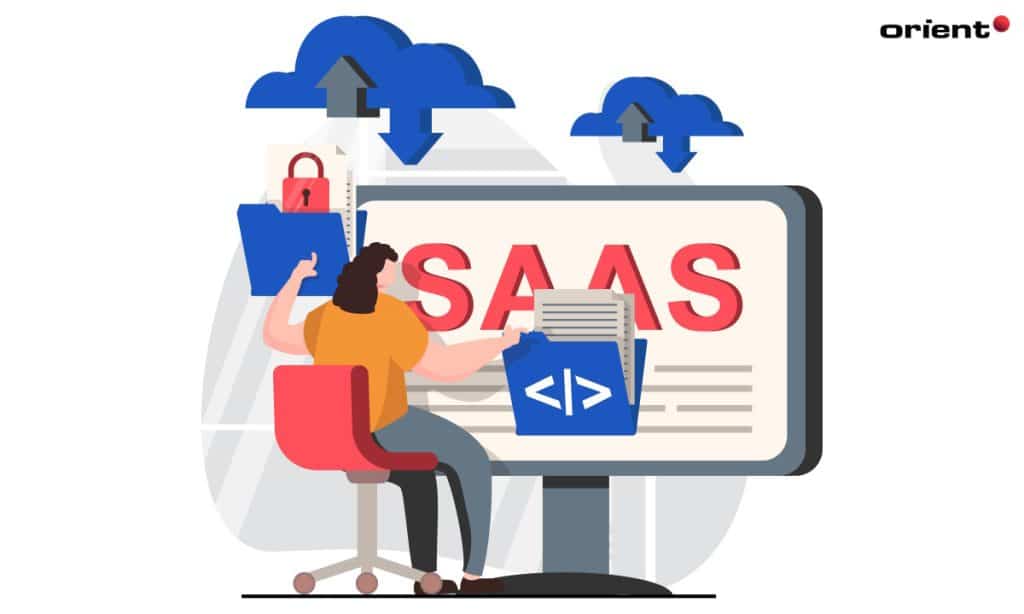Introduction
The world of Software as a Service (SaaS) has seen remarkable transformations over the years. As we move into 2024, it’s essential to understand how SaaS development models have evolved and the trends shaping their future. This blog post delves into the evolution of SaaS business models, highlighting key trends and predictions for the upcoming year. The goal is to provide a comprehensive overview of where SaaS is headed, focusing on its business models, tools, and architecture.
SaaS has revolutionized how businesses operate, offering scalable, efficient, and cost-effective solutions. The flexibility and accessibility of SaaS products have made them a staple in the business world. As we analyze these models, we’ll see how they’ve adapted to changing market demands and technological advancements. This evolution is not just about the software itself but also about how businesses perceive and integrate these solutions into their core operations.
In this exploration, we will dissect the nuances of SaaS business models, understanding their intricacies and how they’re likely to unfold in 2024. This insight is crucial for businesses looking to adopt or refine their SaaS strategies, as well as for developers and entrepreneurs aiming to stay ahead in this dynamic field.
The Current State of SaaS Business Models
Understanding the Core Components
The foundation of any SaaS business model lies in its ability to provide software solutions over the internet. Unlike traditional software delivery methods, SaaS models offer software as a service, making it more accessible and flexible for users. This core concept has been pivotal in the widespread adoption and success of SaaS.
Diverse Revenue Streams in SaaS
One of the key strengths of SaaS business models is their diverse revenue streams. These models often combine subscription fees, tiered pricing plans, and sometimes, pay-as-you-go options. This flexibility not only benefits the consumers but also provides a stable revenue model for providers.

Evolution of SaaS Tools and Their Impact
The Role of Advanced Tools in SaaS Evolution
SaaS tools have played a significant role in the evolution of SaaS business models. These tools, ranging from development frameworks to customer relationship management systems, have streamlined the process of creating and managing SaaS solutions. The advancement of these tools has directly impacted the efficiency and effectiveness of SaaS offerings.
Integration and Interoperability
Another critical aspect of SaaS tools is their focus on integration and interoperability. Modern SaaS platforms are designed to seamlessly integrate with existing systems, enhancing their utility and appeal to a broader market. This integration capability is a crucial factor in the evolution of SaaS business models.
SaaS Architecture: Adapting to Changing Needs
Scalability and Security in SaaS Architecture
SaaS architecture has undergone significant changes to accommodate scalability and security demands. These two factors are paramount in the SaaS landscape, as they ensure that services can be delivered efficiently and securely to a growing user base.
Cloud-native and Microservices-based Architecture
The shift towards cloud-native and microservices-based architectures in SaaS solutions has been a game-changer. This architectural approach allows for more agile development, easier updates, and better scalability, aligning perfectly with the needs of modern businesses and their SaaS business models.
Emerging Trends in SaaS Business Models for 2024
The Rise of AI and Machine Learning
Artificial Intelligence (AI) and Machine Learning (ML) are set to play a more significant role in SaaS business models. These technologies enable more personalized and efficient services, driving innovation and new capabilities in SaaS offerings.
The Increasing Importance of Data Analytics
Data analytics is becoming increasingly critical in a SaaS business models. The ability to gather, analyze, and utilize data effectively allows SaaS providers to enhance their services, tailor their offerings, and make more informed business decisions.
Emphasis on User Experience and Design
User experience and design are becoming central to SaaS business models. As the market becomes more competitive, the ability to offer a superior user experience can be a significant differentiator for SaaS providers.
Greater Focus on Niche Markets
SaaS business models are expected to see a greater focus on niche markets in 2024. Catering to specific industries or sectors allows providers to offer more tailored solutions and capture unique market segments.

Conclusion
As we look towards 2024, it’s clear that SaaS business models will continue to evolve and adapt to the changing technological landscape and market demands. The integration of advanced tools and innovative architectures will play a crucial role in shaping these models. Additionally, trends like AI integration, data analytics, user experience focus, and niche market targeting will significantly influence the direction of SaaS development.
Understanding these trends and predictions is vital for businesses and developers involved in the SaaS ecosystem. As SaaS business models continue to evolve, they offer new opportunities and challenges. By staying informed and adaptable, businesses can leverage these models to drive growth and success in the ever-changing digital world.
In conclusion, the evolution of business model SaaS is a journey of continuous adaptation and innovation. As we move forward into 2024, it’s an exciting time for all stakeholders in the SaaS industry. The future is bright for SaaS, and its evolution will undoubtedly bring forth new and improved ways for businesses to thrive in the digital era.
What is SaaS business models?
SaaS business models refer to software as a service, where software is delivered over the internet and accessed through a web browser. It is a cloud-based model where users pay a subscription fee to access and use the software instead of purchasing licenses.
What are the 2 main varieties of SaaS?
The two main varieties of SaaS are vertical SaaS and horizontal SaaS.
What is the 3 3 2 2 2 rule of SaaS?
The 3 3 2 2 2 rule of SaaS refers to the recommended pricing structure for SaaS (Software as a Service) products. According to this rule, the pricing tiers for a SaaS product should have three options: a basic plan, a standard plan, and a premium plan. The basic plan typically offers limited features, while the standard plan offers more features at a moderate price. The premium plan provides the highest level of features and is priced at a premium rate. Additionally, the rule suggests that each of these three plans should have two additional options: a monthly subscription and an annual subscription.


